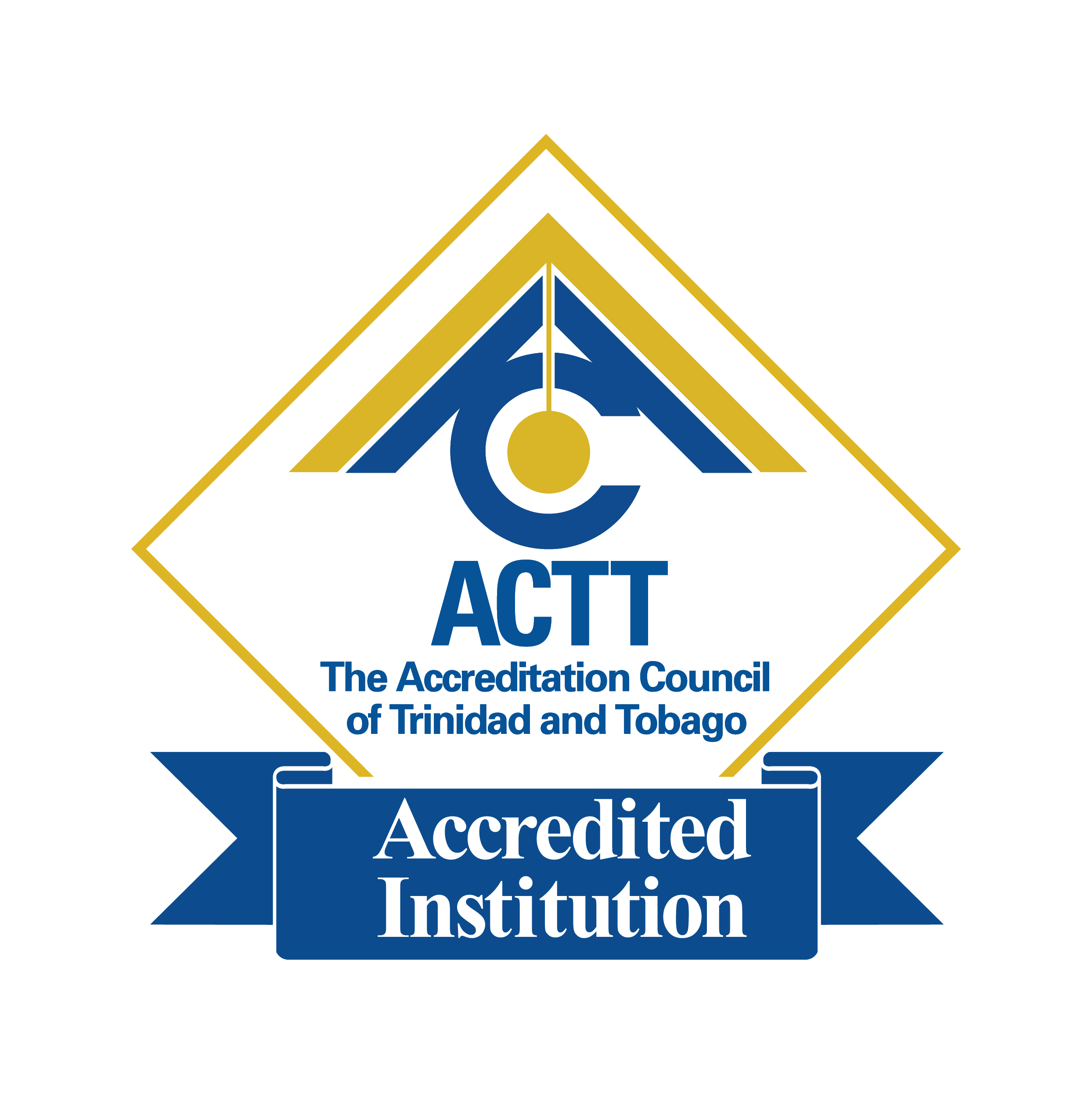Sustainable Tourism Practices: Balancing Economic Growth with Environmental Conservation
- Share this post
Speyside, Tobago
Tobago, as tourism continues to grow, the island faces the challenge of balancing economic benefits with the need to protect its natural beauty. Sustainable tourism practices are essential to ensure that Tobago can thrive both economically and environmentally.
Community Involvement and Eco-friendly Policies
One of the cornerstones of sustainable tourism in Tobago is the active involvement of local communities. Initiatives that empower residents, such as community-based tourism, ensure that the economic benefits of tourism are distributed fairly. Locals are encouraged to engage in tourism by offering homestays, guiding tours, and producing handicrafts. This not only provides visitors with an authentic experience but also fosters a sense of stewardship among residents.

Protecting Natural Habitats
Tobago has implemented several measures to protect its natural habitats. The Tobago Main Ridge Forest Reserve, the oldest protected rainforest in the Western Hemisphere, is a prime example. Conservation efforts here are aimed at preserving biodiversity and maintaining the health of the ecosystem. Tourists are educated on the importance of the reserve and encouraged to follow eco-friendly practices, such as sticking to marked trails and not disturbing wildlife.
Marine Conservation
The Buccoo Reef, one of Tobago’s most famous attractions, is also a focal point for sustainable tourism. To protect this delicate marine environment, regulations limit the number of visitors and control activities like snorkeling and diving. Eco-tour operators are trained to follow sustainable practices, ensuring that marine life is not disrupted. Programmes to restore coral reefs and seagrass beds are also in place, aiding in the resilience of these ecosystems against climate change.
Green Infrastructure and Renewable Energy
Investing in green infrastructure is another way Tobago is fostering sustainable tourism. Eco-lodges and resorts are increasingly adopting renewable energy sources, waste reduction strategies, and water conservation methods. The use of solar panels, rainwater harvesting systems, and organic waste composting are becoming more common, reducing the environmental footprint of tourism facilities.

Educational Campaigns
Education plays a crucial role in sustainable tourism. Tobago has launched several campaigns to raise awareness among tourists and locals about the importance of conservation. Informational brochures, guided tours, and interactive exhibits in visitor centers highlight the island’s natural and cultural heritage, promoting responsible behavior and a deeper appreciation for the environment.
Tobago’s commitment to sustainable tourism is a model for balancing economic growth with environmental conservation. By involving local communities, protecting natural habitats, investing in green infrastructure, and educating the public, Tobago is paving the way for a sustainable future. These practices ensure that the island’s natural beauty and cultural heritage can be enjoyed by generations to come while providing economic opportunities for its residents.
As travelers, we have a responsibility to support and participate in these efforts, ensuring that our presence contributes positively to the destinations we cherish.
References
- Caribbean Tourism Organization. (2021). Sustainable Tourism in the Caribbean: Guide for Community Involvement.
- Environmental Management Authority of Trinidad and Tobago. (2020). Conservation Efforts in Tobago: A Case Study.
- Green Key Global. (2021). Green Infrastructure and Sustainable Tourism: Case Studies from the Caribbean.
- Institute of Marine Affairs. (2019). Marine Conservation Strategies for the Buccoo Reef.
- Tobago Tourism Agency Limited. (2021). Educational Campaigns for Sustainable Tourism in Tobago.
- Share this post
Upcoming Events:
Related Posts:
More You Might Like
Upcoming Short Courses:
- Lecturer: Chef Sonia Phillip
- Face to Face
- TBD
- Coming Soon, Short Courses
- Lecturer: Vernella Jack-Joseph
- Online Classes, Face to Face
- 45 hours
- Short Courses
- Lecturer: Riyadh Mohammed
- Online Classes
- 6 hours
- Short Courses
- Lecturer: Lisa Jessamy
- Online Classes
- 6 hours
- Short Courses
- Lecturer: William Trim
- Online Classes
- 48 hours
- Short Courses
Upcoming Courses:
- Lecturer: Chef Vergiss Lovelace
- Face to Face
- 6 hours
- Short Courses
- Lecturer: William Trim
- Face to Face
- 48 hours
- Short Courses
- Lecturer: Raakesh Madoo
- Online Classes, Face to Face
- 30 hours
- Short Courses
- Lecturer: Chef Sonia Phillip
- Face to Face
- 48 hours
- Short Courses
- Lecturer: Chef Kwesi Selvon
- Face to Face
- 36 hours
- Short Courses






















